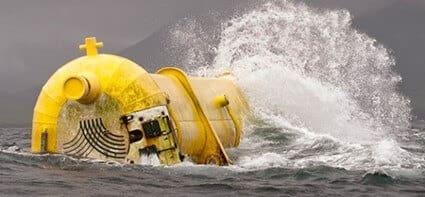Lost at sea? Charting wave energy’s difficult innovation journey towards commercialisation in the UK
The UK has a rich history of wave energy technology innovation stretching back to 1976 when it launched its first wave energy programme. Whilst funding was discontinued in the 1980s a new programme was established in the 2000s as wave energy was considered a critical solution to meeting the government’s climate change, energy and economic objectives. Despite committing approximately $150m to wave energy development over the past 15 years the UK has still failed to deliver a commercially viable wave energy device. This raises questions about the effectiveness of government policy designed to support wave energy innovation.

The research finds that government policy was indeed partly to blame for this slow progress including poor coordination of policy support, duplication of investment, stop-start R&D programmes that fostered knowledge depreciation and schemes that encouraged developers to go ‘too big too soon’. Despite these failures significant ‘policy learning’ has taken place, triggering a major reconfiguration of UK wave energy innovation support such as a refocusing on component versus device development, treating wave and tidal energy innovation separately and greater coordination of innovation programmes. Even so outstanding policy recommendations include strengthening coordination between UK and Scottish governments and collaboration between universities and device developers.
Finally, the research finds that government policy wasn’t the only factor that contributed to this slow progress such as developers overpromising and under-delivering, as well as the high capital cost and practical difficulties associated with device testing at sea.
